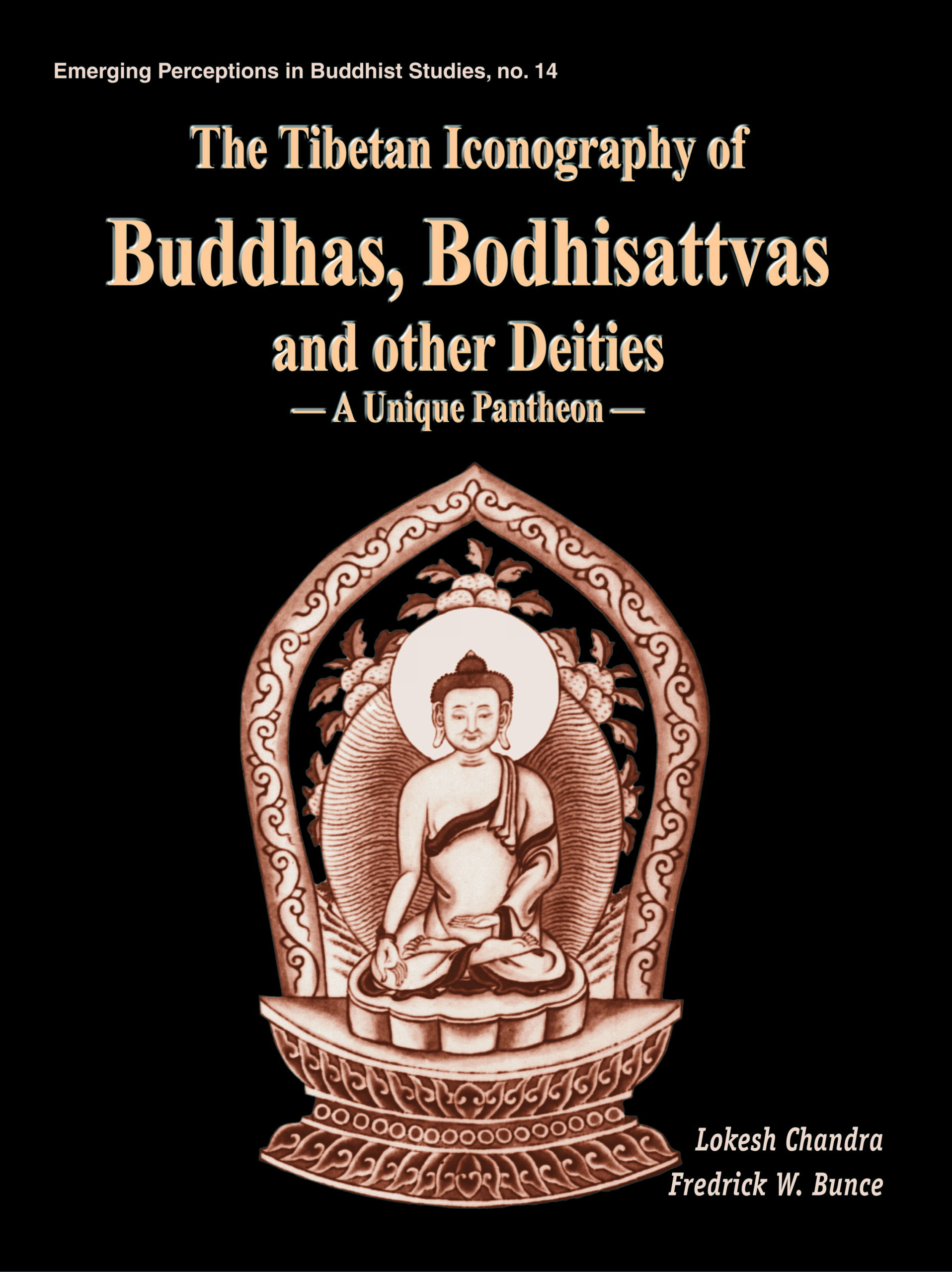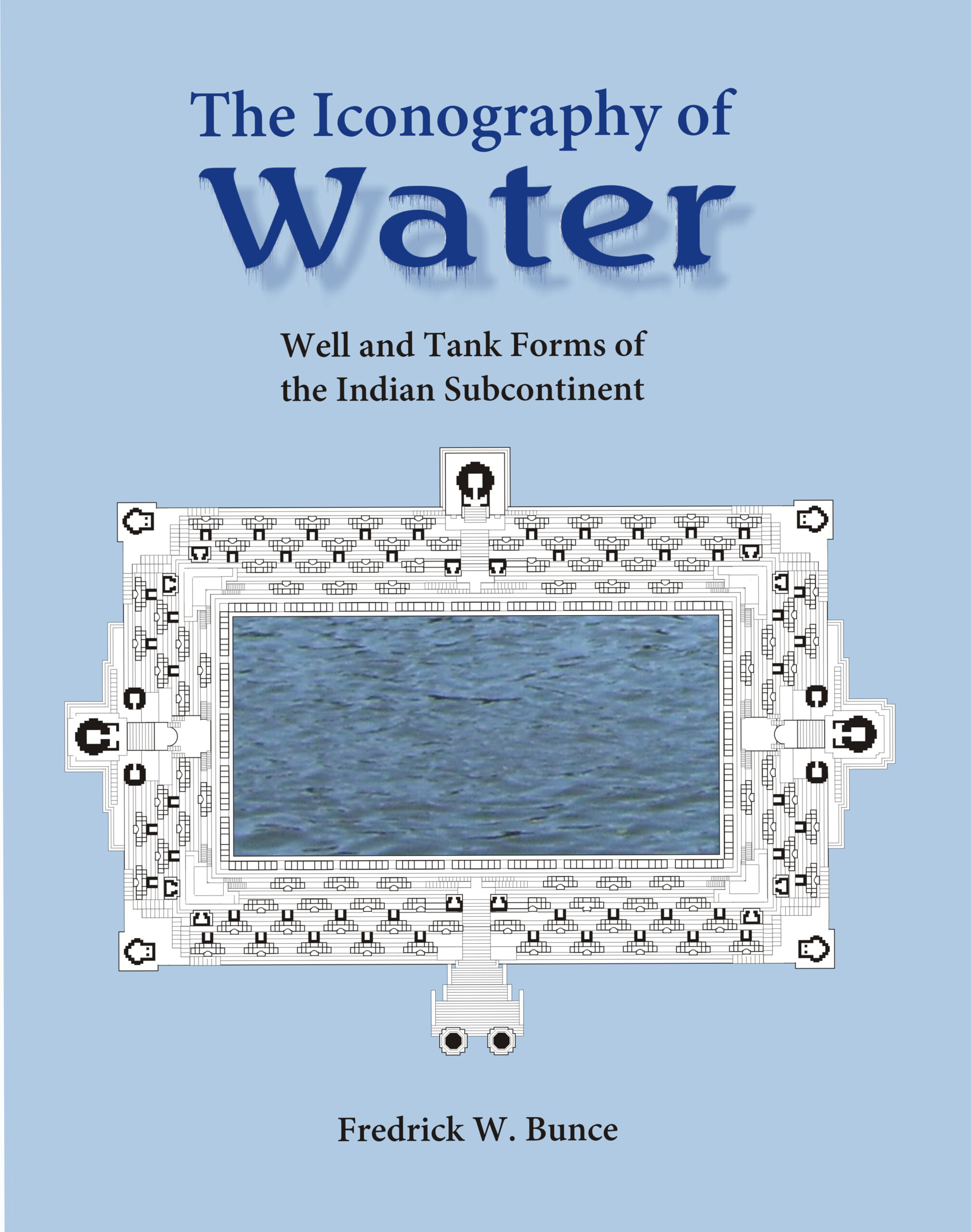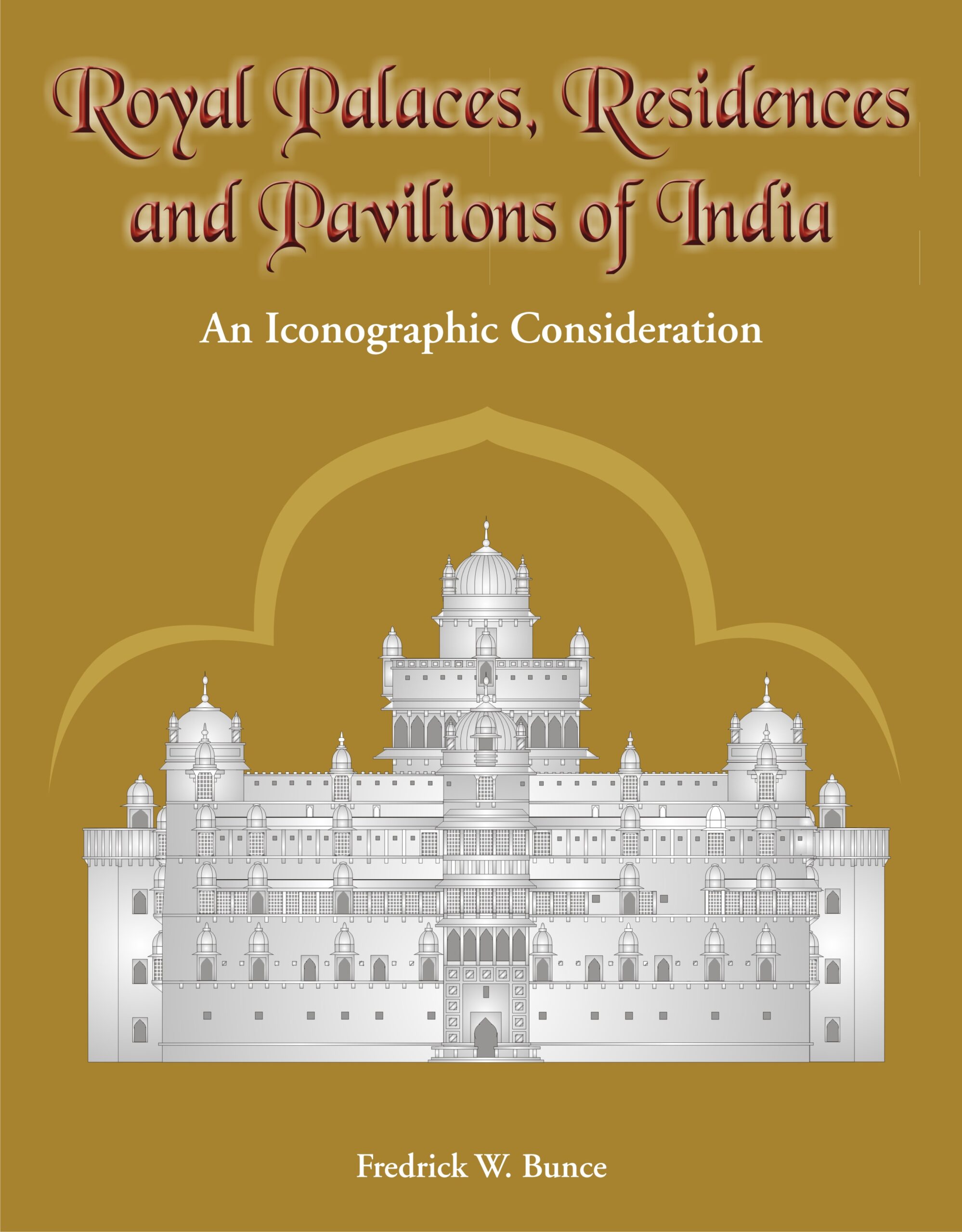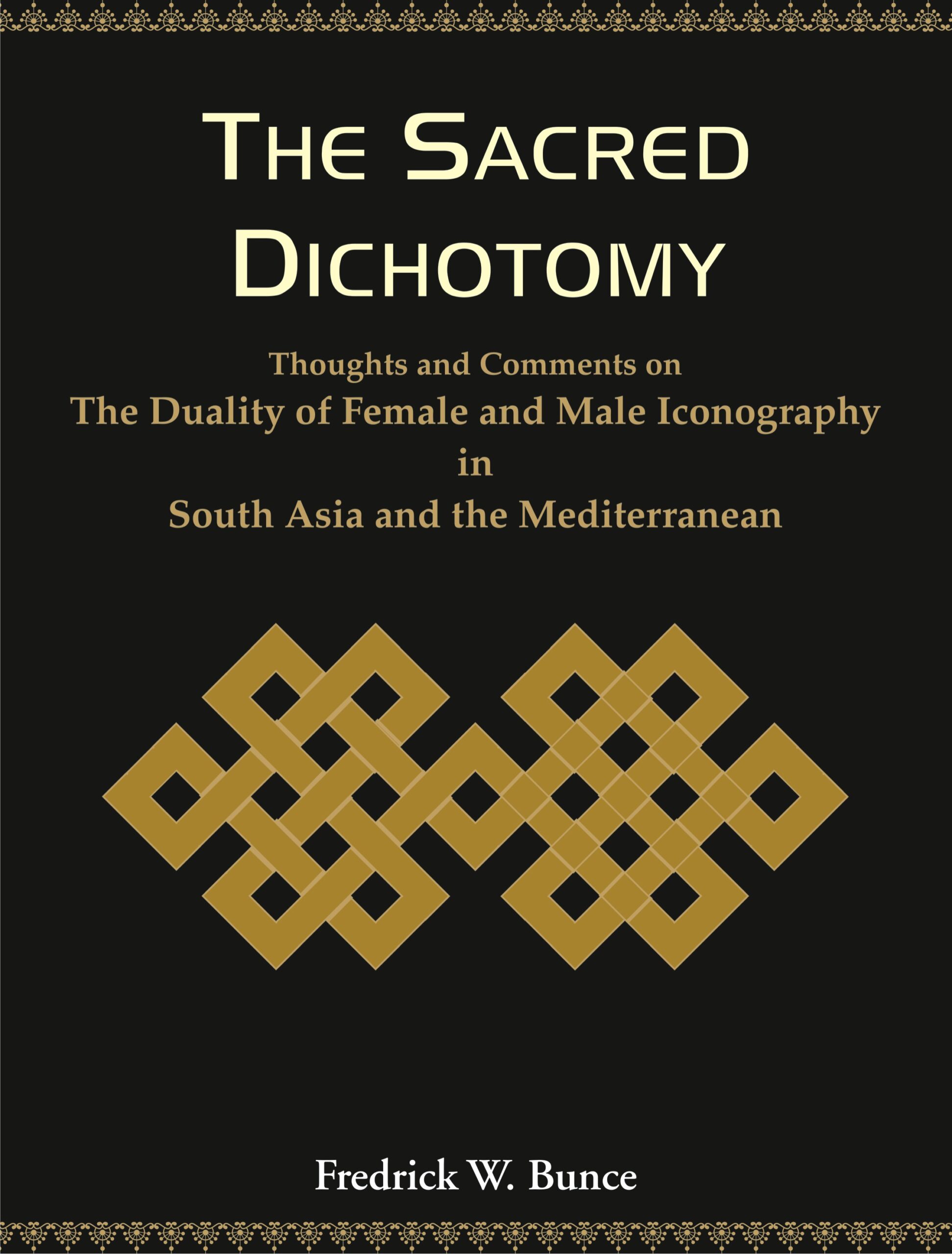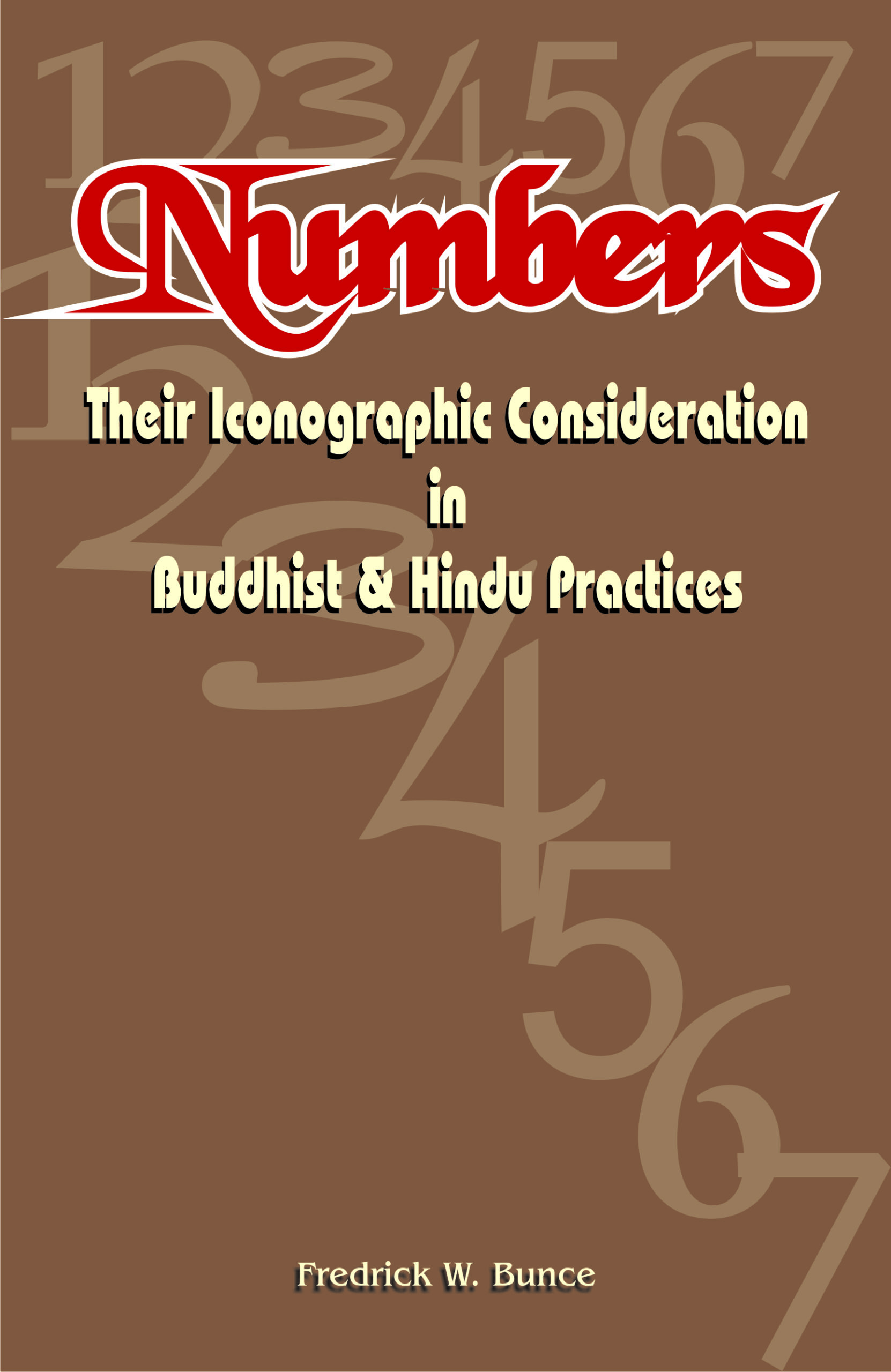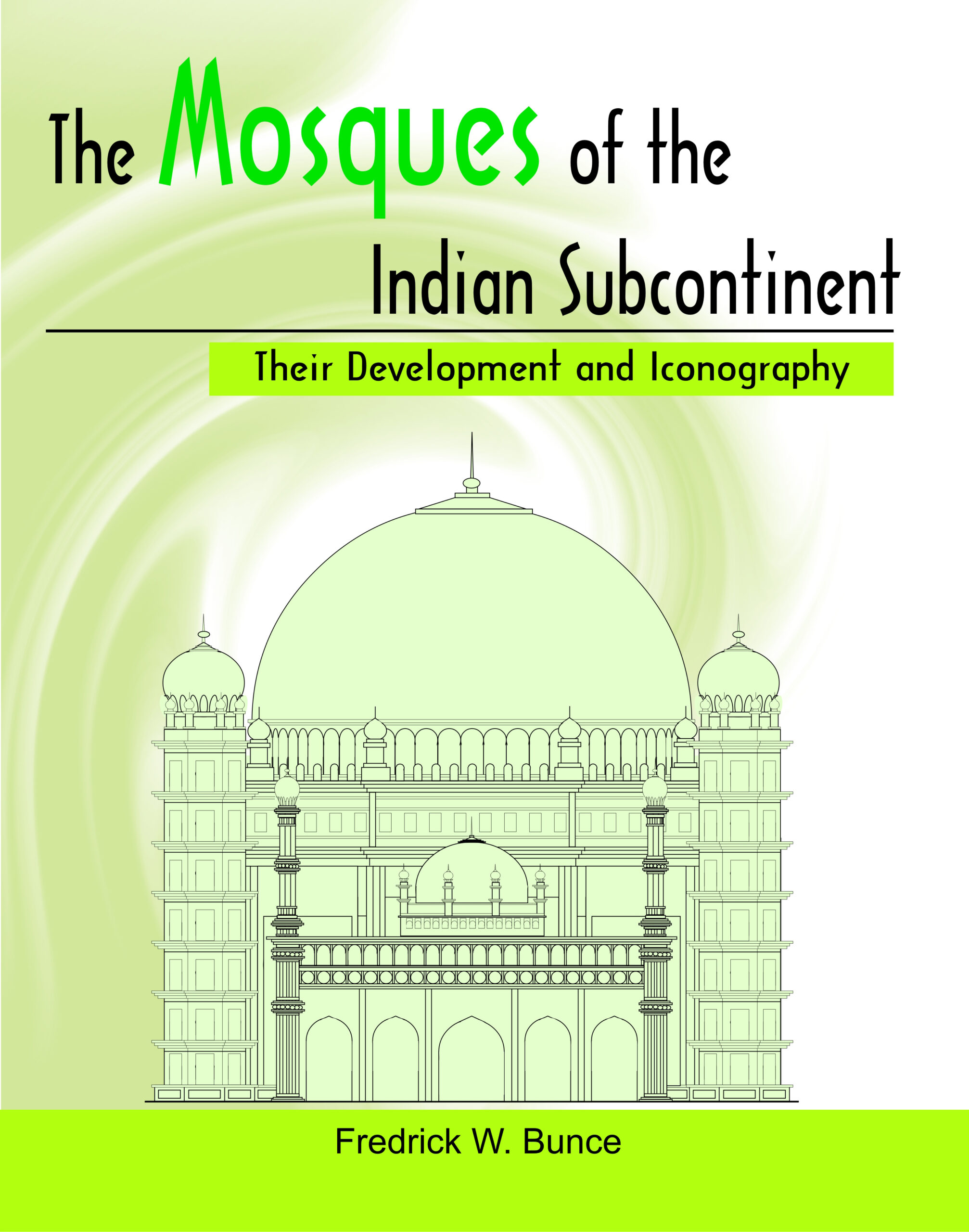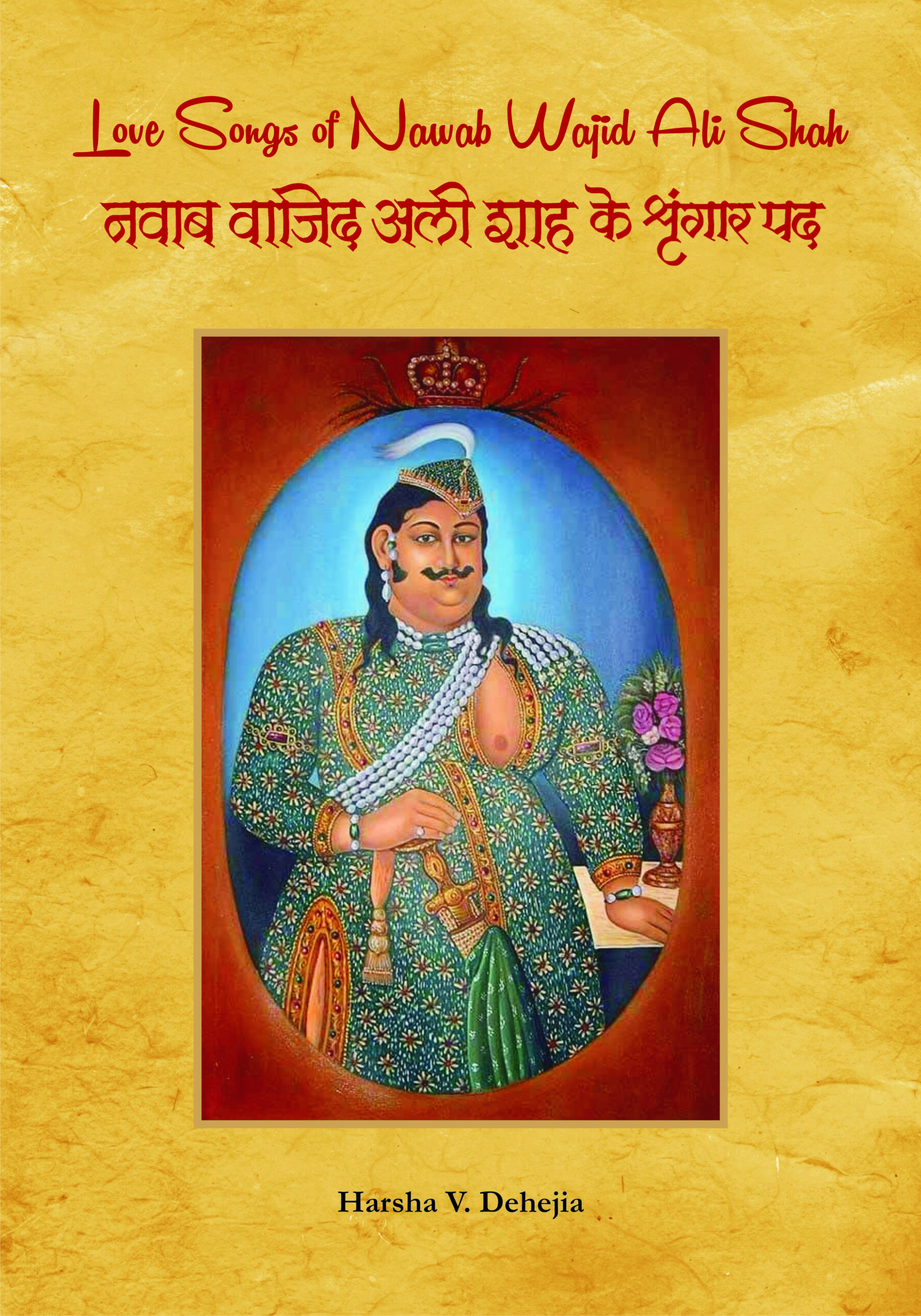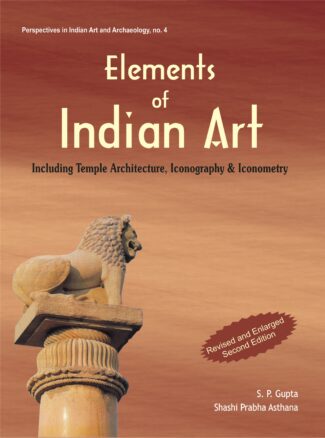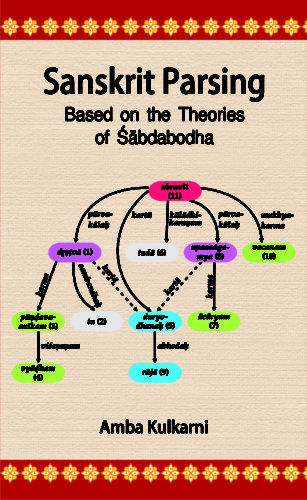

Royal Palaces Reside...
Royal Palaces Residences and Pavilions of India
An Iconographic Consideration by: Fredrick W. BunceThe book studies the outstanding features of 31 famous palaces, pavilions and residences of the ruling class in different parts of Medieval India, from the thirteenth to the eighteenth century. It illustrates and discusses the layout plan of each building in detail.
Original price was: ₹1,300.00.₹1,170.00Current price is: ₹1,170.00.
ISBN: 9788124603567
Year Of Publication: 2006
Edition: 1st
Pages : xviii, 342
Bibliographic Details : ine-drawings; Glossary; Appendices; Bibliography
Language : English
Binding : Hardcover
Publisher: D.K. Printworld Pvt. Ltd.
Size: 29 cm.
Weight: 1425
The book brings out the outstanding features of the palaces, pavilions and residences of the ruling class in medieval India from the 13th to the 18th century. The focus is on structures that represent a group on religious and ethnic lines, i.e. Hindu/Islamic rulers, Indo-European Hindu or Dravidian Hindu or Afghani or Turk or Iranian rulers, and structures characteristic of particular periods and locales. Presenting some 31 famous buildings including the City Palace of Udaipur and Jaipur and the Lal Qila, Delhi and pleasure pavilions like the Hauz Khas, Delhi and Farah Bagh, Ahmadnagar, the work studies palaces and pavilions from the different regions of India. It illustrates the layout plan of each building in detail. Dr. Fredrick W. Bunce discusses the size, elaborateness or luxury of the royal structures which underlined the kings right to rule. With elaborate notes, he showcases their characteristics such as their tendency towards axiality and their symmetrical aspect, the Hindu rulers choice of the immutable square for the plan and their reliance on the shilpa-shastras, the east-west alignment of the structures, the labyrinthine character of residences/palaces, and their iconography that is unique to the Indian subcontinent. The volume has appendices that give the plans of other great structures of India and the world, list the major rulers of kingdoms in Indias different regions and provide a chronological list of major Indian monuments. The book will be extremely useful to students and scholars of Indian cultural history, particularly relating to architecture and iconography.
List of Plates
List of Figures
Abbreviations
Introduction
Iconography
Beginnings
Ratios and Proportions
Basic Plans
Physical Iconography
The Palace
Axiality
Symmetry/Asymmetry
Orientation
The High Place
The Labyrinth
Implied Iconography
By the Grace of God
Dynasty
Royal Accoutrements
Power
Defensive
Property Religious/Cultural
Qila, Garh Mahal or Mandir
Conclusions
Palaces, Residences and Pavilions
Hauz Khas, Delhi (a. 1290 ce)
Kotla Firuz Shah, Delhi (a. 1351 ce)
Vijayanagara Kotila, Vijayanagara (a. 1350 ce)
Shadiabad Mandir, Mandu (a. 1410 ce)
Bidargarh, Bidar (a. 1424 ce)
Kumbhalgarh, Chittor (a. 1433 ce)
Meherangarh, Jodhpur (a. 1459 ce)
Man Mandir, Gwalior (a. 1486 ce)
Gingee Mandir, Gingee (a. 1490 ce)
Wav Dada Harir, Asarwa (1499 ce)
Ainapur Mahal, Ainapur (c. 1500 ce)
Water Pavilion, Kumatagi (c. 1500 ce)
Raja Mandir, Orchha (a. 1554 ce)
Gagan Mahal, Bijapur (c. 1561 ce)
Lal Qila (Red Fort), Agra (a. 1565 ce)
Fatehpur Sikri (c. 1569-1685 ce)
Chandragiri Palace (Raja & Rana Mahals), Tirupati (a. 1565 ce)
City Palace, Udaipur (a. 1567 ce)
Farah Bagh (Feria Bagh), Ahmadnagar (c. 1583 ce)
Raj Mahal, Amber (a. 1592 ce)
Jahangir Mandir, Orchha (a. 1605 ce)
Govind Mandir, Datia (a. 1620 ce)
Jag Mandir, Udaipur (a. 1734 ce)
Shahi Bagh, Ahmadabad (c. 1623 ce)
Lal Qila, Shahjahanabad, Delhi (a. 1639-1648 ce)
Daulat Kothi, Bijapur (c. 1626 ce)
Athar Mahal, Bijapur (c. 1646 ce)
Nayaka Mahal, Madurai (c. 1650 ce)
Deeg-garh (Garden Palace), Deeg (1722-1763 ce)
City Palace, Jaipur (a. 1727 ce)
Padmanabhapuram, Kanyakumari (1729-1758 ce)
Conclusions
Notes
Bibliography
Appendices
A Miscellaneous Plans
B Major Rulers of India
C Chronology of Major Indian Monuments
D Glossary
Acknowledgements







